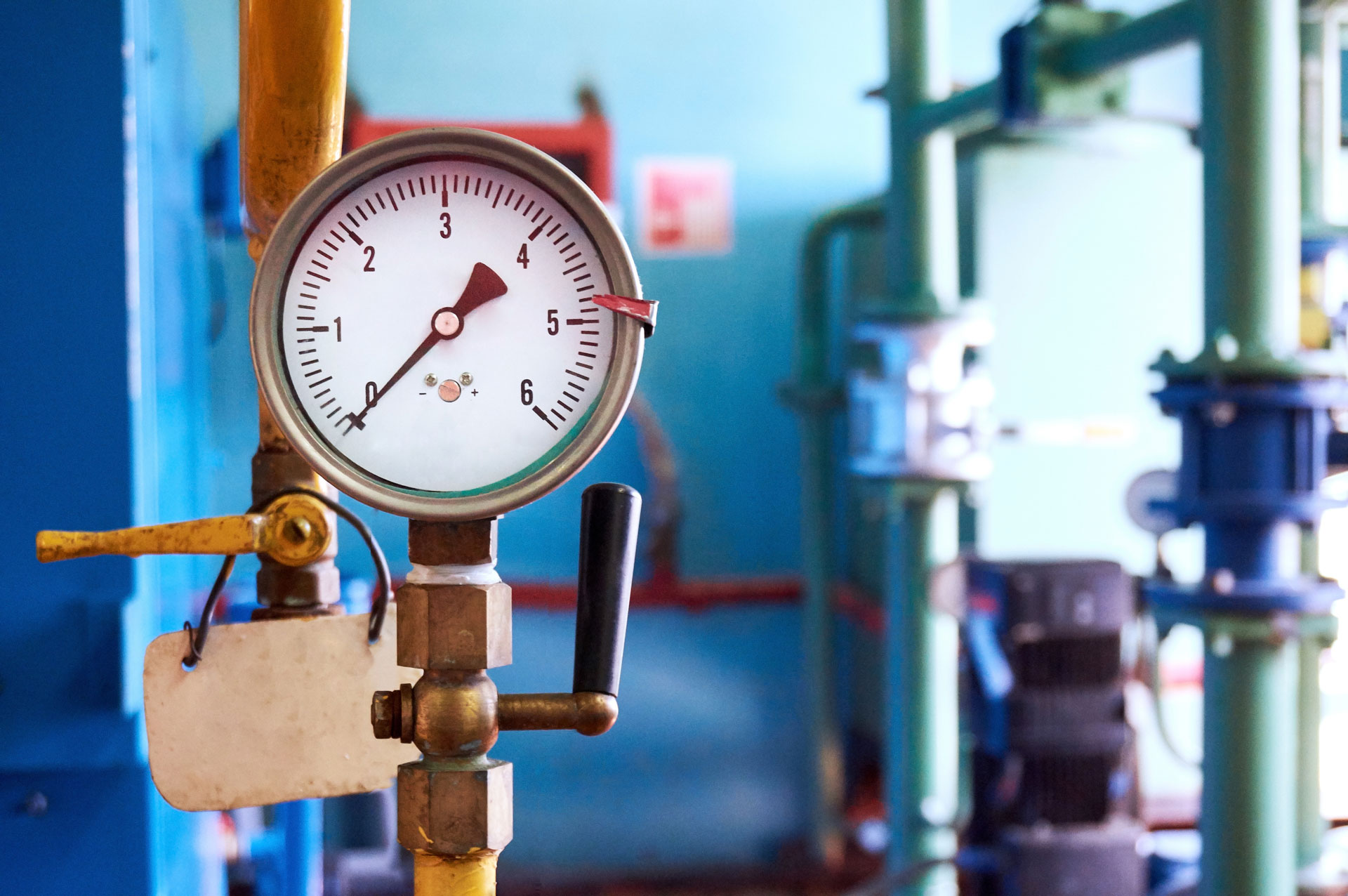Lower Casing Pressure to Increase Oil Production?

Our Sources Say YES.
Reducing the head pressure that a pumping well has on the casing may increase the well's fluid production. Before the pulldown, the amount of oil and water is typically relative to what was initially produced, but now more fluids are generated. The flow of wellbore fluids can flow more freely, resulting in pressure creating a "drain-point" for the formation.
Increased Production
There have been times when the "oil cut" has also increased by pulling down the casing pressure. Typical successful wellhead casing pulldowns are in the 30 to 50 psi range. Substantial production increases are possible when casing pressure pulldowns are in the 20–50 psi range.
How to Prevent Separation
In many circumstances, field compression pulls low, and 30 psi of pressure is being maintained on the casing and surface equipment to handle fluids. When this happens, run a heater treater to help with separation and provide fuel for your gas-powered unit.
A wellhead compressor set ahead of your surface equipment can pull directly on the casing and discharge back into the flow line. This means that fuel for your pumping unit can now come from the Wellhead compressor's discharge side with in-line checks to keep gas from feeding back into the well.
Give it a Little Time
Note that your initial test results may be misleading after a day or two because of oil stacked in the casing, so wait for one-two weeks before testing. By reducing the casing pressure from 20 psi to below zero can dramatically affect oil production. With little fluid being produced in the casing, you can use many compressors for this operation. The only usual hook-up requirement is to have a check valve between the compressor's suction and discharge lines and a fluid dump for the compressor's fuel gas scrubber to house fluid. When using high-pressure hoses, hook-up time is usually less than 30 minutes.
This can be a straightforward and efficient way to increase fluid production and, hopefully, increase sales!
